The Importance of Women in Tech
December 10, 2021
Of 82,286 software developer and programmer respondents, female programmers only represent 5.31 percent, according to a global software developer survey, published by IT research expert, Shanhong Liu, in August 2021. Gender non-conforming people make up even less, at 1.42 percent, making the industry male-dominated, with male developers representing 91.67 percent. Unfortunately, the tech industry retains a history of sexism, and falls behind when it comes to gender diversity. However, the Girls Who Code program works nationwide towards increasing the exposure of women in the industry and closing the gender gap.
Although the statistic is shocking, a quick google search of prominent programmers will reveal that few women get recognized. “The 30 Most Influential Programmers Ever” lists 29 men and one woman. Another article, ”11 Most Influential and Greatest Programmers of All Time,” lists 11 men and zero women. Both of these articles, written by men, about men, hardly bat an eye at the women that built the industry. Unknown to many, the world’s first programmer, Ada Lovelace, was female. Additionally, Margaret Hamilton, the woman that developed the first modern concept of software, practically pulled the weight of her male counterparts. If people want to make progress, both technologically and socially, they need to shine a light on the women behind the scenes.
While it remains true that the tech industry lacks women in the workforce, the recognition of men is astronomical, while the recognition of women happens to show a few articles during Women’s History Month. The cruciality of positively portraying hard-working and underrepresented women in male-dominated careers is the key to understanding that programming has not and will not always be a man’s world. Luckily, the Girls Who Code organization strives to “change the face of tech”, and works with legislators to close the gender gap in K-12 classrooms.
Girls Who Code is on a mission to change “the image of what a programmer looks like and does,” by creating clubs that promote and support girls who want a career in tech. As stated by the Girls Who Code research page, “In 1995, 37 percent of computer scientists were women. Today, it’s only 24 percent. The percent will continue to decline if we do nothing. We know that the biggest drop off of girls in computer science is between the ages of thirteen and seventeen.” They also make it a point to make tech inclusive to everyone. 50 percent of the girls they serve “come from historically underrepresented groups, including girls who are Black, Latinx, or from low-income backgrounds.” Girls Who Code continues to pave the way for the young women of the future, preparing them to enter the workforce, lead it, and improve it, by creating more inclusive clubs.
Ms. Christina Faye, the Computer Science teacher and initiator of the Girls Who Code club at Sierra Vista says, “It is important to have women represented in the tech industry to create more diversity in the workplace.”
Faye highlights that women have a unique way of thinking and do not have the same problems as men. “Women think differently and have different problems that need to be solved. The tech industry is at the forefront of solving problems and if there are no women voices we are only getting some solutions as options and 50 percent of the population is being sidelined.”
She also explains some of the challenges that come with working in tech careers as a woman. “In the past tech companies marketed and hired men and created workplace environments that didn’t promote women.” Faye says that people were sometimes hostile to the women in the workplace and that “The changes are happening but not fast enough to break up old workplace tendencies.”
Moreover, Faye claims that women had a hand in technological advances during World War II and into the 1960s. “Women were present starting when computer technology first emerged during World War II and continuing into the 1960s, women made up most of the computing workforce. By 1970, women only accounted for 13.6 percent of bachelor’s in computer science graduates. In 1984, that number rose to 37 percent, but it has since declined to 18 percent — around the same time personal computers started showing up in homes.”
Faye concludes by saying that even though computer science jobs will likely grow in the coming years, only a small percentage of women earn computer science degrees. “The Bureau of Labor Statistics projects computer science jobs will grow 19 percent by 2026. Yet, women only earn 18 percent of computer science bachelor’s degrees in the United States. Despite the high job demand, computer science remains a male-dominated field in the United States.”
It remains pivotal to represent women, in all industries, and especially in tech. To inspire young girls to take action and lead, successful women need to stay in the limelight. Girls Who Code is creating opportunities for girls to make change and luckily, Christina Faye continues to proudly represent .










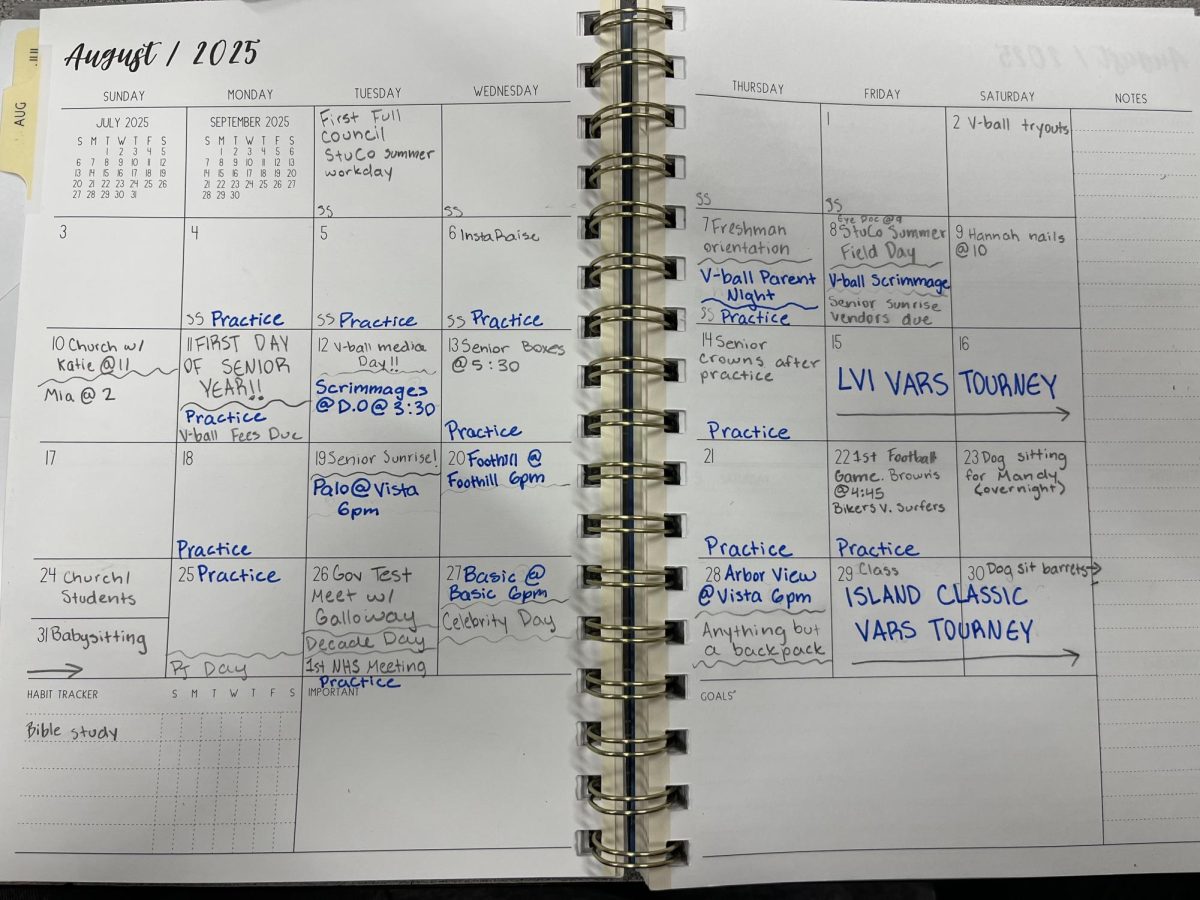

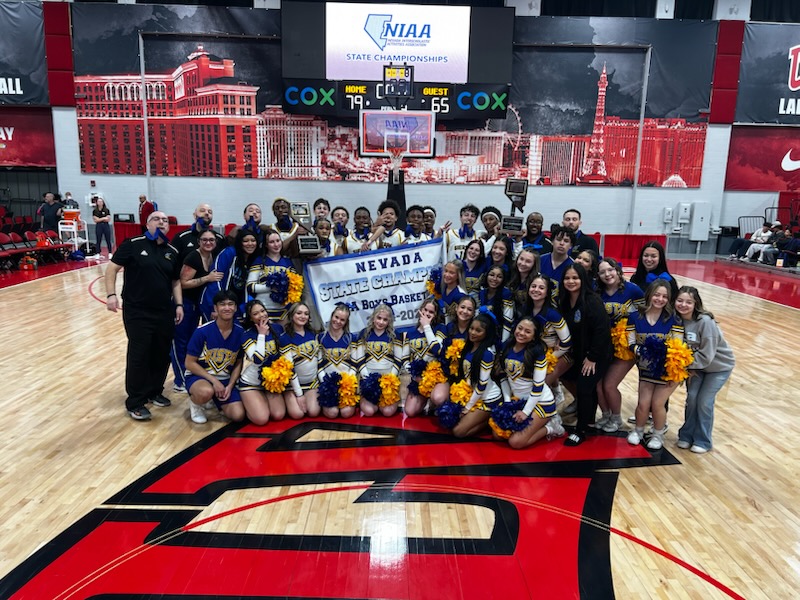
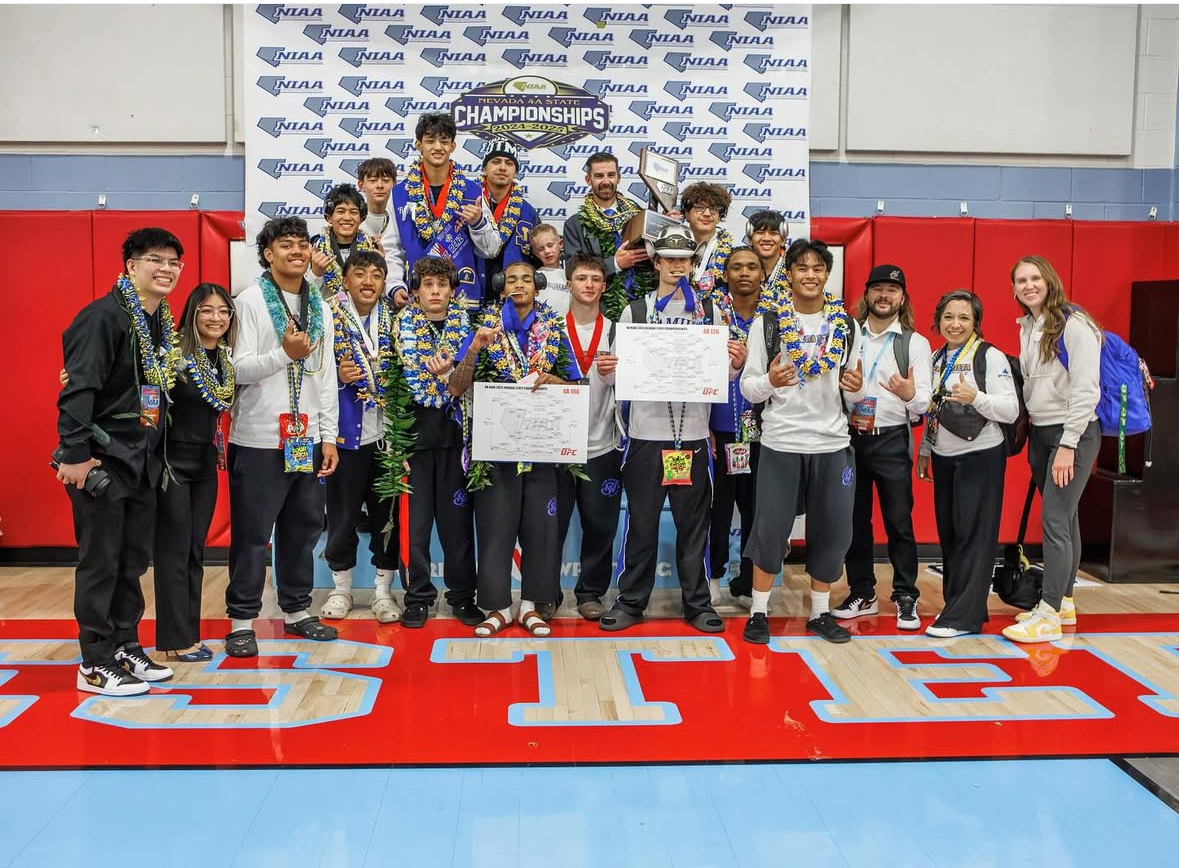



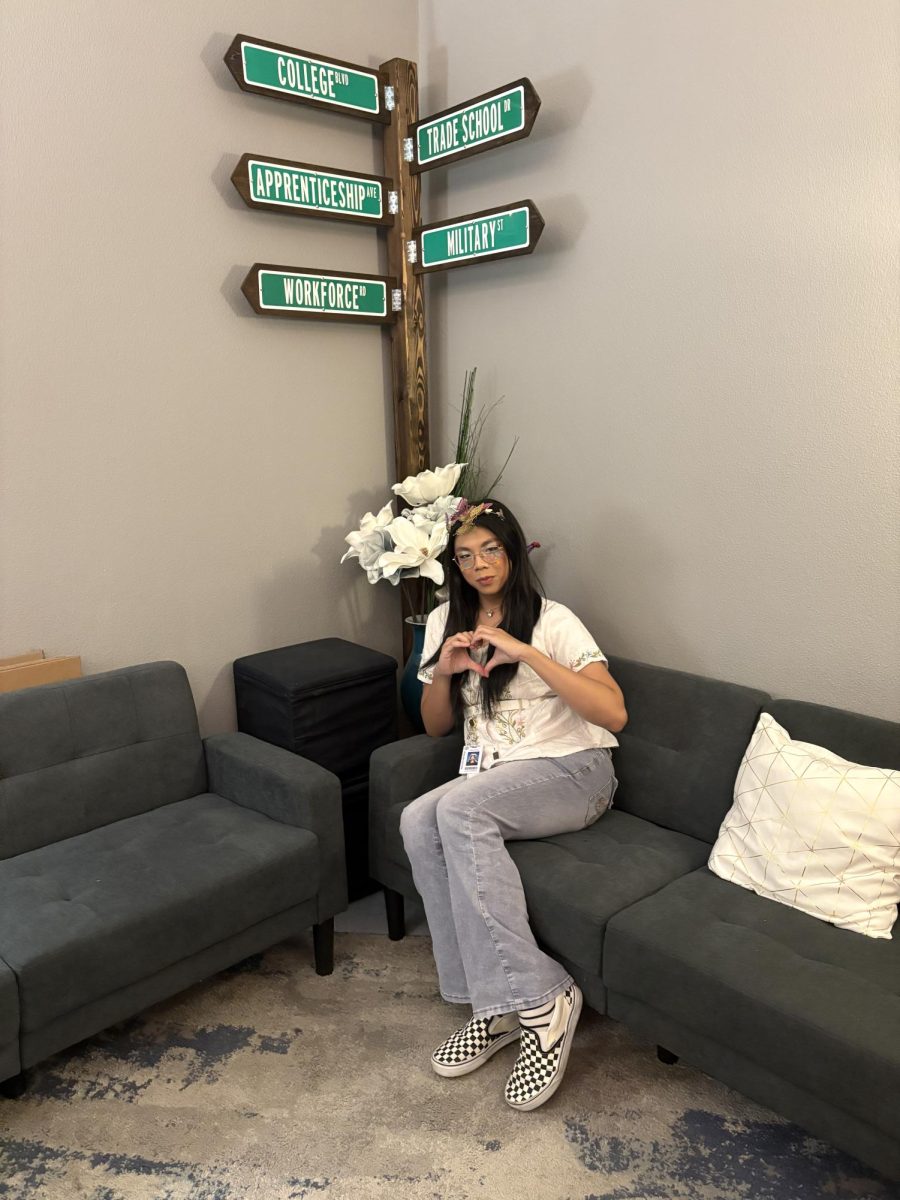












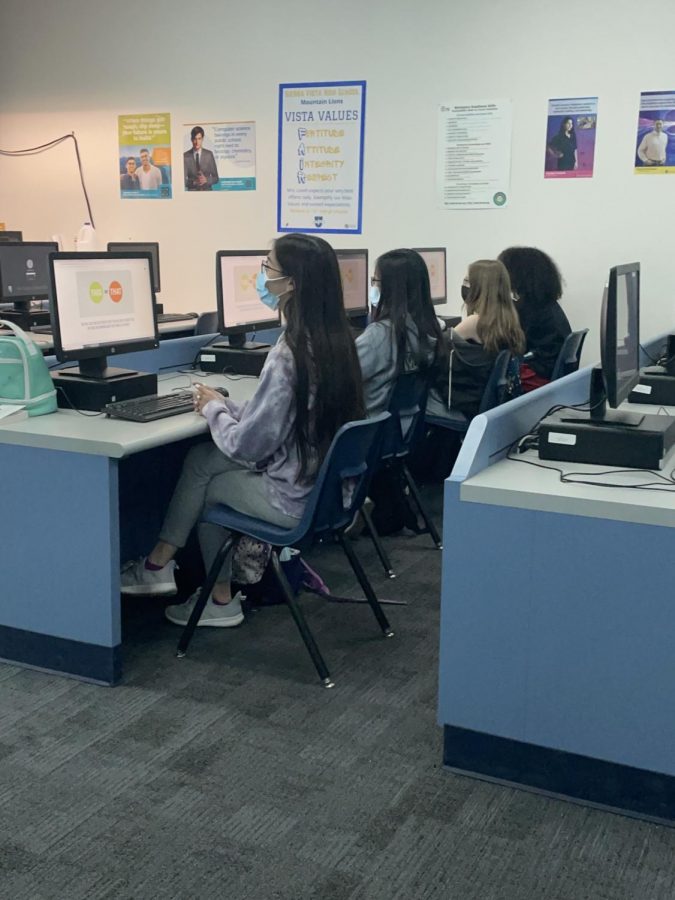

Melissa Pizzo • Feb 13, 2022 at 11:29 pm
What a significant article. Yes, we need to be aware that women are quite unique and have much to offer. Think about Susan B. Anthony, so long ago, she had a great deal of strife to endure and yet she made a huge difference.
Today women are recognized and contribute a lot. But we must continue to go the extra mile, then we will make our mark. Great article by Sofia Pizzo